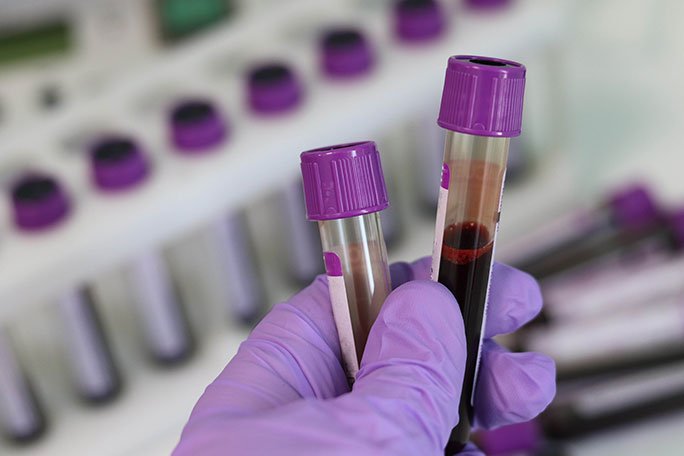Ensuring Hospital Supply Chain Robustness: Strategies for Pandemic Preparedness
Summary
- Implementing a diversified sourcing strategy
- Utilizing data analytics and forecasting tools
- Establishing strong relationships with suppliers
Effective Supply Chain management plays a critical role in ensuring hospitals have the necessary supplies and equipment to deliver high-quality care to patients. The Covid-19 pandemic has highlighted the importance of robust procurement strategies to maintain a resilient Supply Chain in times of crisis. In this article, we will explore various procurement strategies that can help hospitals ensure the robustness of their Supply Chain during a pandemic.
One key procurement strategy that hospitals can implement to enhance Supply Chain robustness is a diversified sourcing strategy. Relying on a single source for critical supplies and equipment can leave hospitals vulnerable to disruptions in the Supply Chain, such as those caused by a pandemic. By diversifying their supplier base, hospitals can reduce the risk of Supply Chain disruptions and ensure a more stable and resilient Supply Chain.
Benefits of Diversified Sourcing
Some of the benefits of implementing a diversified sourcing strategy include:
- Reduced risk of Supply Chain disruptions
- Increased flexibility to respond to changing market conditions
- Enhanced bargaining power with suppliers
Challenges of Diversified Sourcing
While diversified sourcing offers numerous benefits, it also presents challenges that hospitals must address:
- Managing relationships with multiple suppliers
- Ensuring consistency in product quality and pricing
- Balancing costs and benefits of diversification
Another crucial procurement strategy for ensuring the robustness of the hospital Supply Chain during a pandemic is the use of data analytics and forecasting tools. By leveraging data-driven insights and predictive analytics, hospitals can better anticipate demand, optimize inventory levels, and identify potential Supply Chain risks before they impact operations.
Benefits of Data Analytics and Forecasting
Some of the benefits of using data analytics and forecasting in procurement include:
- Improved demand forecasting accuracy
- Optimized inventory management
- Enhanced Supply Chain visibility and transparency
Challenges of Data Analytics and Forecasting
Despite the benefits, there are challenges associated with implementing data analytics and forecasting in procurement:
- Integration of data from multiple sources
- Data accuracy and reliability
- Skill and resource requirements for data analysis
Developing and maintaining strong relationships with suppliers is another critical procurement strategy for ensuring the robustness of the hospital Supply Chain during a pandemic. By fostering collaborative partnerships with suppliers, hospitals can improve communication, build trust, and enhance the overall efficiency and effectiveness of their procurement processes.
Benefits of Strong Supplier Relationships
Some of the benefits of establishing strong relationships with suppliers include:
- Greater access to innovative products and technologies
- Lower costs through negotiation and collaboration
- Improved Supply Chain resilience and responsiveness
Challenges of Supplier Relationships
While strong supplier relationships offer numerous benefits, hospitals may face challenges in developing and maintaining these partnerships:
- Managing conflicts of interest and ethical considerations
- Ensuring compliance with regulatory requirements
- Balancing competing priorities and objectives
Procurement strategies play a vital role in ensuring the robustness of the hospital Supply Chain during a pandemic. By implementing diversified sourcing, leveraging data analytics and forecasting, and establishing strong supplier relationships, hospitals can enhance the resilience and effectiveness of their procurement processes, ultimately enabling them to better respond to crises like the Covid-19 pandemic.

Disclaimer: The content provided on this blog is for informational purposes only, reflecting the personal opinions and insights of the author(s) on the topics. The information provided should not be used for diagnosing or treating a health problem or disease, and those seeking personal medical advice should consult with a licensed physician. Always seek the advice of your doctor or other qualified health provider regarding a medical condition. Never disregard professional medical advice or delay in seeking it because of something you have read on this website. If you think you may have a medical emergency, call 911 or go to the nearest emergency room immediately. No physician-patient relationship is created by this web site or its use. No contributors to this web site make any representations, express or implied, with respect to the information provided herein or to its use. While we strive to share accurate and up-to-date information, we cannot guarantee the completeness, reliability, or accuracy of the content. The blog may also include links to external websites and resources for the convenience of our readers. Please note that linking to other sites does not imply endorsement of their content, practices, or services by us. Readers should use their discretion and judgment while exploring any external links and resources mentioned on this blog.

